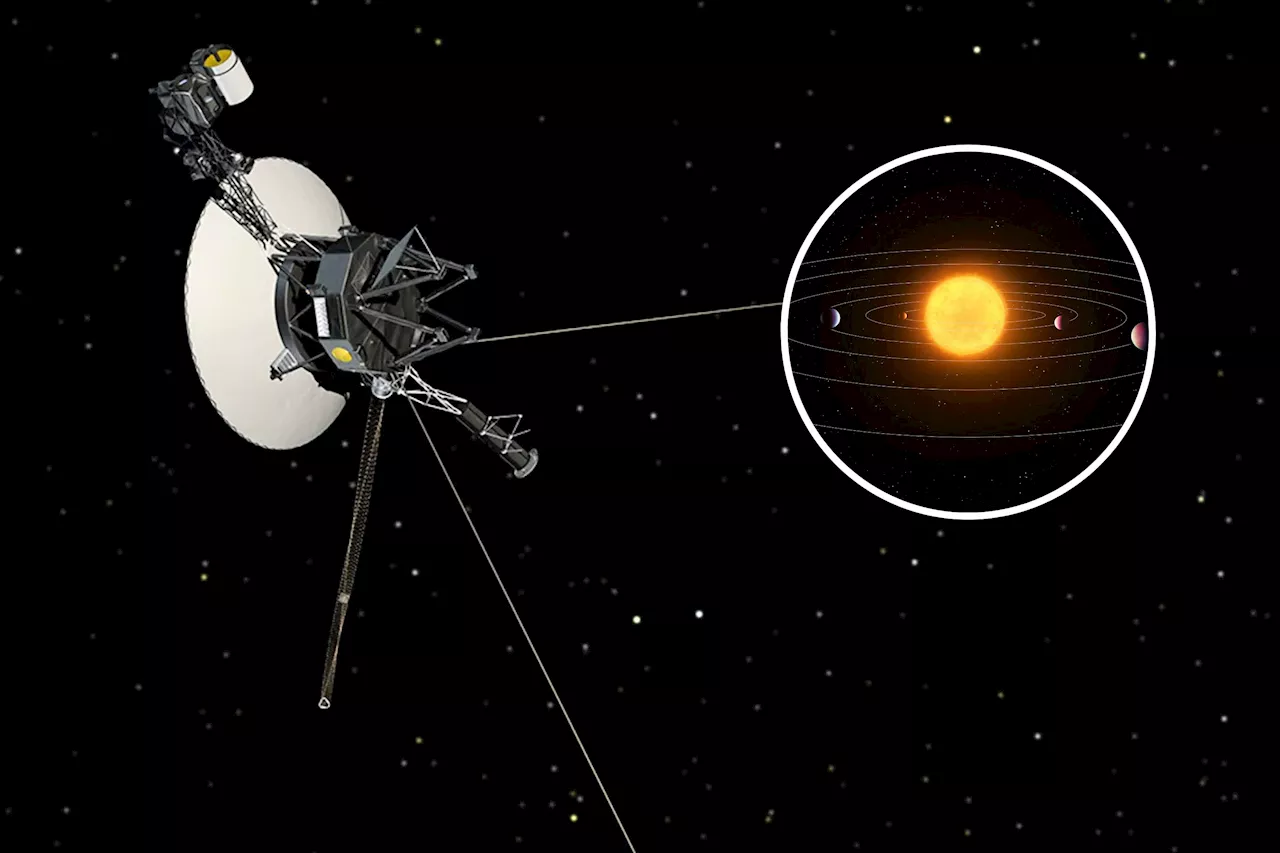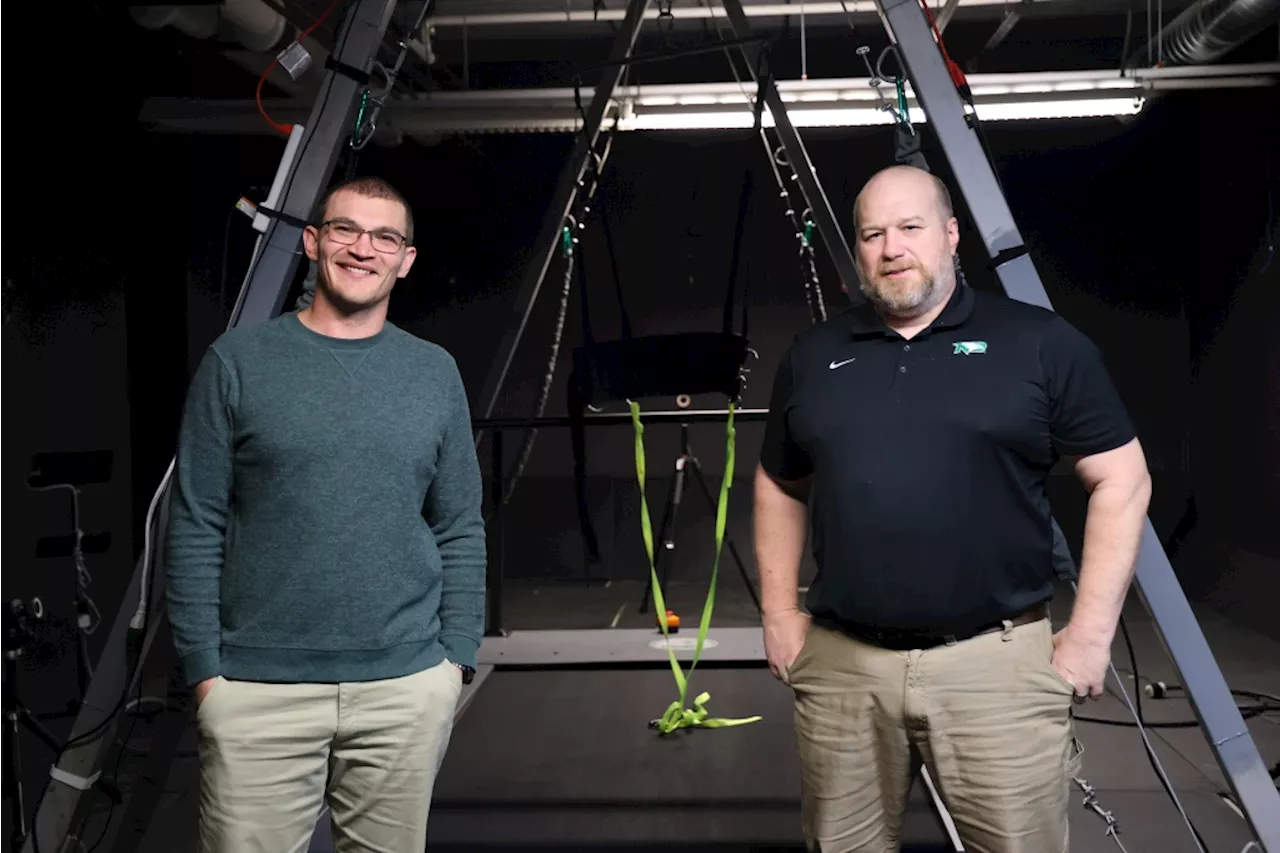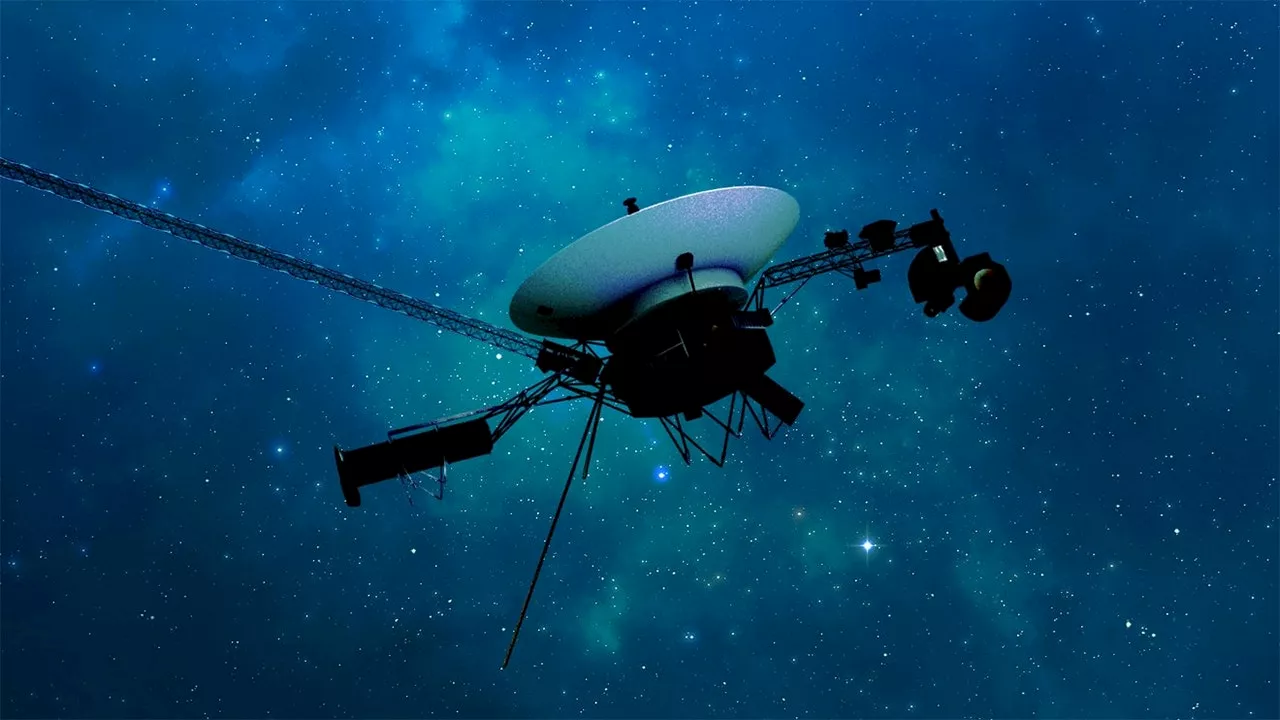NASA and Voyager 1 resumed communications and operations after a fault protection system switched the interstellar spacecraft's mode of communication to one using less power.
NASA has confirmed that after a pause in communications with Voyager 1 in late October, the spacecraft has regained its voice and resumed regular operations. Voyager unexpectedly turned off its primary radio transmitter, known as its X-band, before turning on its much weaker S-band transmitter in October. The interstellar spacecraft is currently located about 15.4 billion miles away from Earth and the S-band had not been used in over 40 years.
Earlier this month, the team was able to reactivate the X-band transmitter and resume collection of data from the four operating science instruments onboard Voyager 1. Now that the data can be collected and communications have resumed, engineers are finishing a few remaining tasks to return Voyager 1 back to the state it was in before the issue came up. One task is to reset the system that synchronizes Voyager 1’s three onboard computers.
But in the process, the probes turned off all nonessential systems except for science instruments, NASA said, turning off the X-band and activating the S-band, which uses less power. Voyager 1 had not used the S-band to communicate with Earth since 1981. Voyager 1′s odyssey began in 1977, when the spacecraft and its twin, Voyager 2, were launched on a tour of the gas giant planets of the solar system. After beaming back dazzling postcard views of Jupiter’s giant red spot and Saturn’s shimmering rings, Voyager 2 hopscotched to Uranus and Neptune. Meanwhile, Voyager 1 used Saturn as a gravitational slingshot to power itself past Pluto.
There are 10 science instruments on each spacecraft, and according to NASA, four are currently being used to study the particles, plasma and magnetic fields in interstellar space.
Philippines Latest News, Philippines Headlines
Similar News:You can also read news stories similar to this one that we have collected from other news sources.
 Voyager 1 interstellar spacecraft finds its voice again as NASA restores communicationsKeith Cooper is a freelance science journalist and editor in the United Kingdom, and has a degree in physics and astrophysics from the University of Manchester.
Voyager 1 interstellar spacecraft finds its voice again as NASA restores communicationsKeith Cooper is a freelance science journalist and editor in the United Kingdom, and has a degree in physics and astrophysics from the University of Manchester.
Read more »
 NASA's Voyager 1 Surprises By Reaching out From 15 Billion Miles AwayThe spacecraft—humanity's most distant probe—managed to resumed contact by switching to a secondary radio not used since 1981.
NASA's Voyager 1 Surprises By Reaching out From 15 Billion Miles AwayThe spacecraft—humanity's most distant probe—managed to resumed contact by switching to a secondary radio not used since 1981.
Read more »
 NASA’s Voyager 1 Finally Phones Home After Worrying Communications GlitchThe spacecraft was forced to rely on a radio transmitter that hadn't been used in 43 years.
NASA’s Voyager 1 Finally Phones Home After Worrying Communications GlitchThe spacecraft was forced to rely on a radio transmitter that hadn't been used in 43 years.
Read more »
 Uranus may have looked weird when NASA's Voyager 2 flew byA solar wind event days before the NASA probe flyby in 1986 may have compressed the planet’s magnetosphere, making it look odder than it usually is.
Uranus may have looked weird when NASA's Voyager 2 flew byA solar wind event days before the NASA probe flyby in 1986 may have compressed the planet’s magnetosphere, making it look odder than it usually is.
Read more »
 Mining Old Data From NASA’s Voyager 2 Solves Several Uranus MysteriesNASA’s Voyager 2 flyby of Uranus decades ago shaped scientists’ understanding of the planet but also introduced unexplained oddities. A recent data dive has
Mining Old Data From NASA’s Voyager 2 Solves Several Uranus MysteriesNASA’s Voyager 2 flyby of Uranus decades ago shaped scientists’ understanding of the planet but also introduced unexplained oddities. A recent data dive has
Read more »
 From Campus to Cosmos: NASA Grants Boost Student, University Innovation %seFrom Campus to Cosmosp% NASAHuman exploration on the lunar surface is no small feat. It requires technologists and innovators from all walks of life to tackle many challenges, including
From Campus to Cosmos: NASA Grants Boost Student, University Innovation %seFrom Campus to Cosmosp% NASAHuman exploration on the lunar surface is no small feat. It requires technologists and innovators from all walks of life to tackle many challenges, including
Read more »
